5. Wedding in Blood (1973)
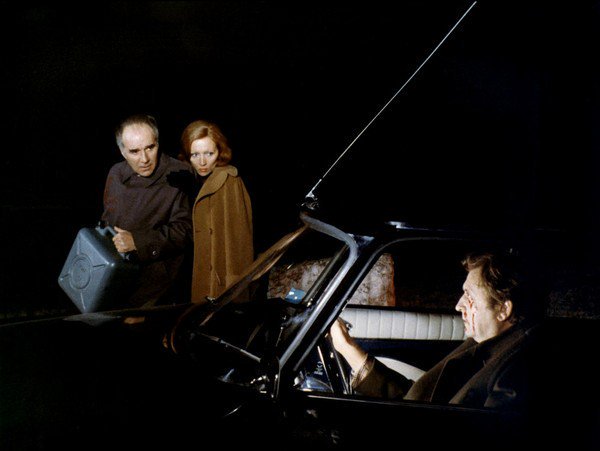
Claude Chabrol, one of the most influential directors of the French New Wave, creates another intense and bloody love story. “Wedding in Blood” (aka “Les Noces Rouges”) is a suspenseful thriller that stands out as a social critique on the bourgeois lifestyle.
The film tells the story of Lucienne (Stéphane Audran) a beautiful middle-aged woman who is married to the town major and French deputy Paul Delamare. When Lucienne meets her husband’s assistant Pierre Maury (Michel Piccoli), whose wife is suffering from mental illness, they immediately fall in love. When Pierre is unable to live with his catatonic wife anymore, he decides to kill her by poisoning. Things get out of hand, when Paul discovered their secret love affair.
The great French filmmaker manages to create a powerful thriller about infidelity and sexual betrayal. This genuinely unique film stands out also as a subtle commentary of the bourgeois lifestyle and monogamy.
Furthermore, Claude Chabrol’s visionary cinematic style turns this delightful melodrama into a tense murder mystery. It is also a complex psychological study of two tragic characters that are unable to face their fate. In addition, the magnificent performance by the sensual French actress Stéphane Audran, the unconventional camera movement and the exceptional direction create an intense atmosphere.
To sum up, “Wedding in Blood” isn’t just a great art-house hidden gem, but also a unique cinematic experience. One of the last great films of the French New Wave.
4. Death by Hanging (1968)
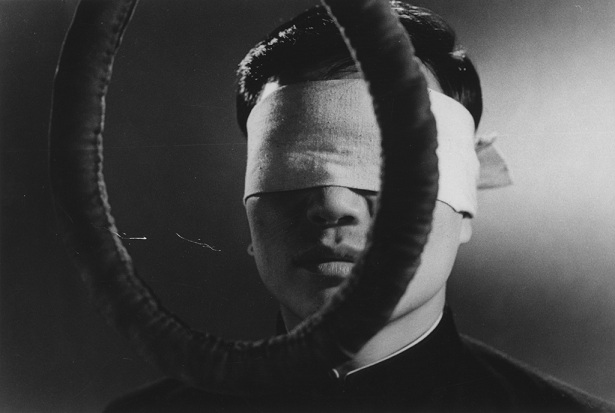
The legendary filmmaker Nagisa Ôshima, who has been associated with Japanese New Wave, creates another masterpiece. “Death by Hanging” is a black farce, a satirical view of the death penalty as well as a social critique of the practice of bureaucracy.
The film follows the unsettling story of a tragic Korean student who is found guilty of rape and murder. Although he is sentenced to death by hanging, the man survives losing his memory. The executioners, some bureaucrats, are unable to figure out how to deal with this problem. They even try to recreate the scenes of the brutal murders in order to prove to the young man that he is guilty. The rest of the film focuses on the effort by the officials to deal with this unprecedented problem, that reflects the dark side of this repressive social system.
It is quite obvious that “Death by Hanging” is an academic study about capital punishment as well as a subtle commentary of militarism. It is not only a kafkaesque thriller about a tragic character (named R as in Kafka’s “The Trial”) who doesn’t know what he is guilty for, but also a dark satire of the legal process. Nagisa Ôshima depicts the drawbacks of the capital punishment as well as the major problems of bureaucracy such as red tape.
Taking everything into account, the great Japanese director manages to create a phenomenal film about the controversial theme of capital punishment. It is undoubtedly one of the most underrated films of the Japanese art-house cinema.
3. Conversation Piece (1974)
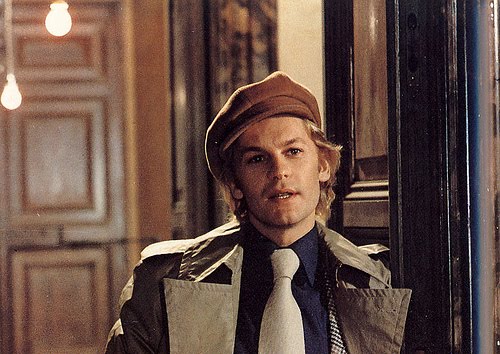
“Conversation Piece” (or “Gruppo di Famiglia in un Interno”) is probably one of the most underrated films of Luchino Visconti’s astonishing filmography. It is not only a minimalistic drama about solitude, but also an existential examination of a decaying society.
The film features Burt Lancaster as a retired professor, who lives a life of solitude in a luxury mansion in Rome. He is a sophisticated professor who spends most of his days listening to classical music or collecting rare paintings of art. His secluded life is interrupted when he decides to rent the upper floor of his apartment to Marchesa Bianca Brumonti (Silvana Mangano).
She is a rich middle aged woman, who rents out the apartment for her two rebellious children, Konrad (Helmut Berger) and Lietta. When the two children, along with Lietta’s boyfriend Stefano, move in the apartment everything get out of control. The ageing professor has to deal with not only this tremendous change, but also his past memories and repressed desires.
“Conversation Piece” was the first feature by Luchino Visconti after his heart attack incident that left him in a wheelchair. However, the great Italian director manages to create a realistic depiction of the downfall of Italian aristocracy. This is also a philosophical study of morality as well as a psychological examination of loneliness, solitude and suppressed feelings.
On the other hand Burt Lancaster delivers a sensational performance as a noble professor who has to deal with the amoral youth. In addition, the supporting performance by Helmut Berger is also phenomenal.
Overall, “Conversation Piece” is a hidden gem of Luchino Visconti’s great filmography that deserves more attention. It is a masterpiece of Italian realism and romanticism of the 1970s.
2. Maborosi (1995)
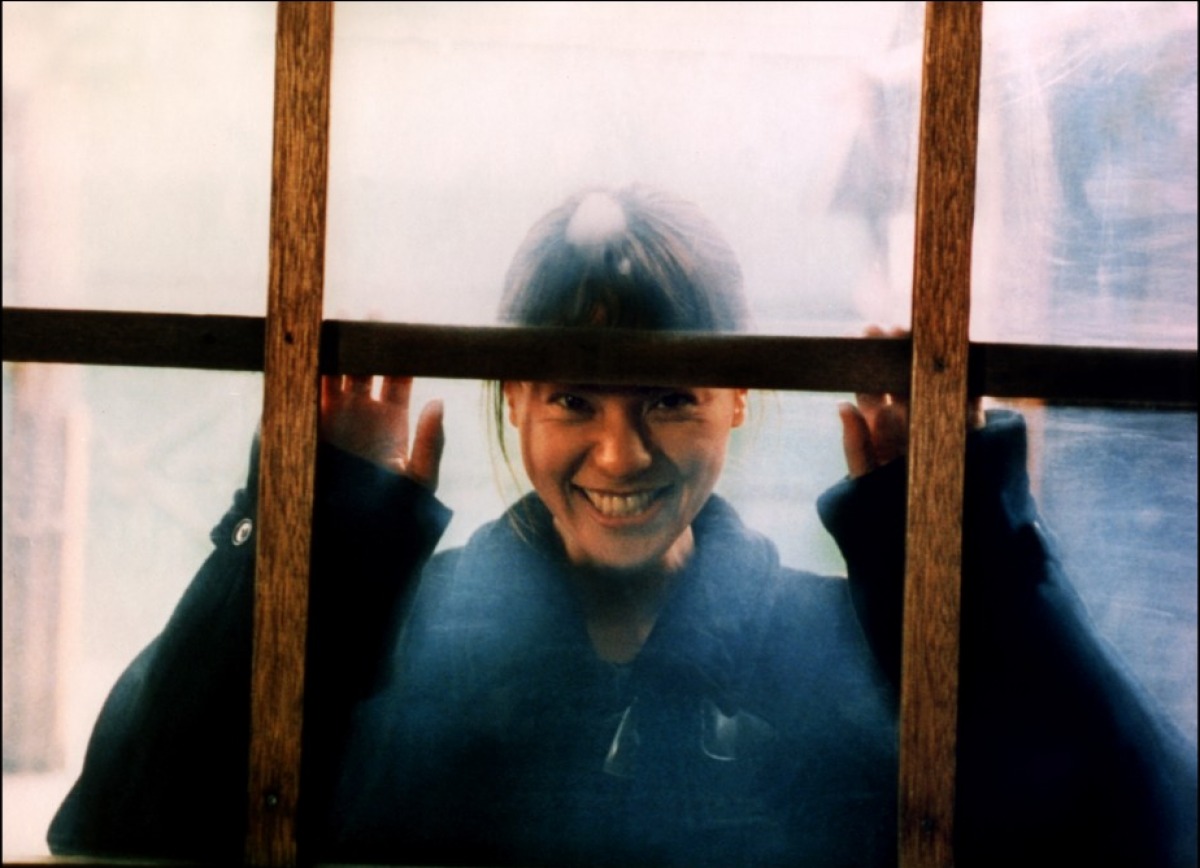
Directed by the great filmmaker Hirokazu Koreeda, “Maborosi” is a triumph of Japanese art-house cinema. This monumental film is not only a deep exploration of life and death, but also a visually stunning experience.
The film follows the story of a typical Japanese family as they live a quiet life in the suburbs. When the husband of Yumiko (Makiko Esumi) commits suicide without any reason, she has to deal with this unexpected loss. She decides to relocate in a small village along with her newborn child, where she remarries with a widower. The rest of the film focuses on the everyday life of Yumiko as she tries to find life’s true meaning.
It is quite obvious that “Maborosi” is a poetic depiction of death as well as a meditation on life. It is not only a philosophical study of absurdism, but also a psychological examination of a tragic character. In addition, the gorgeous cinematography, the ambient music and the great editing contribute to this unique atmosphere.
All in all, “Maborosi” is one of the best films directed by Hirokazu Koreeda as well as a masterpiece of the Japanese cinema. It is an atmospheric visually poem that explores the dark side of life and death.
1. Le Petit Soldat (1963)
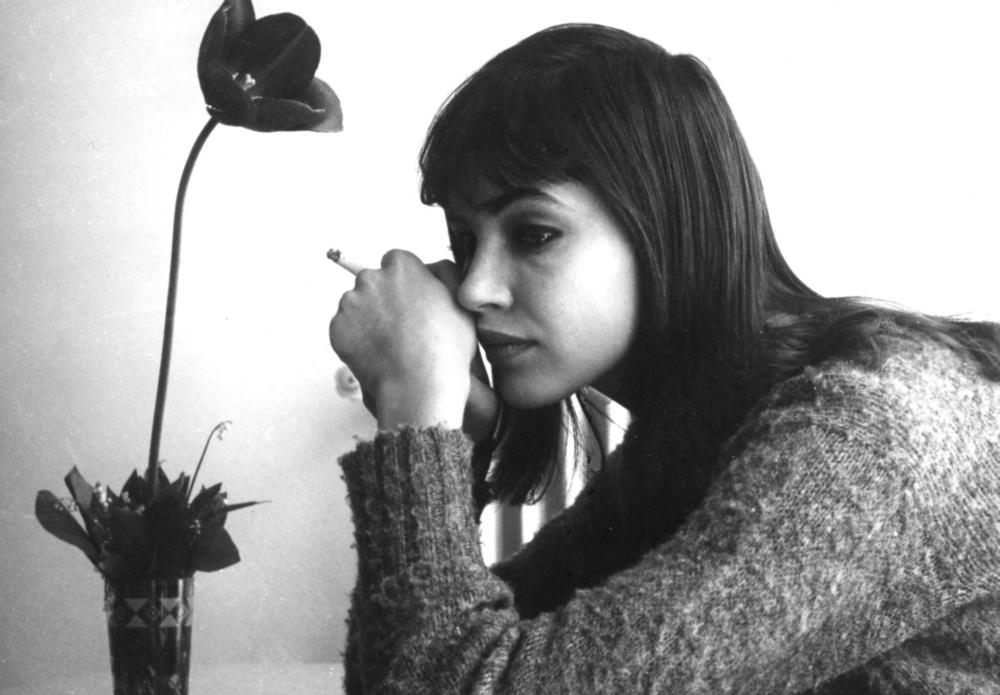
Directed by the legendary Jean-Luc Godard, “Le Petit Soldat” is a triumph of the French New Wave (Nouvelle Vague). Although this sensational film is criminally underrated, it remains one of the best works of the French filmmaker.
It is not only a political thriller about the Algerian war for independence from France, but also an unsettling love story. The film follows the story of a French guy Bruno (Michel Subor) living in Geneva who is associated with an extreme right-wing terrorist group. In spite of being a member of a group that is opposed to the Algerian cause, he dreams of escaping to another country. Things get out of control when he falls in love with Veronica (Anna Karina), and he is suspected of being a double agent.
The prolific filmmaker manages to create not only a tense political thriller with philosophical subtexture, but also an idealistic depiction of the 1960s. In addition, the unconventional dialogues, the experimental handheld camera shots and the superb performances by Anna Karina and Michel Subor enhance this intense atmosphere.
Overall, “Le Petit Soldat” is an essential Jean-Luc Godard film that captures excellently the Algerian struggle. An unfairly overlooked classic for those who enjoy the revolutionary cinema of the French auteur.